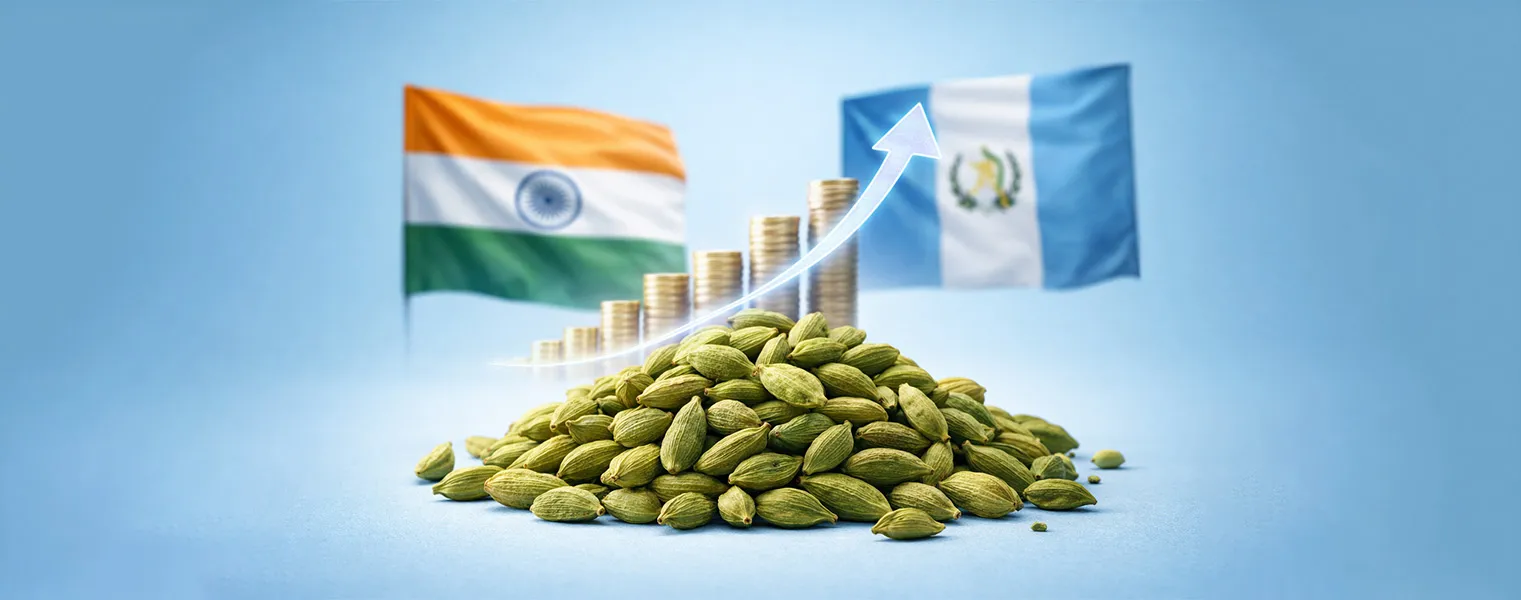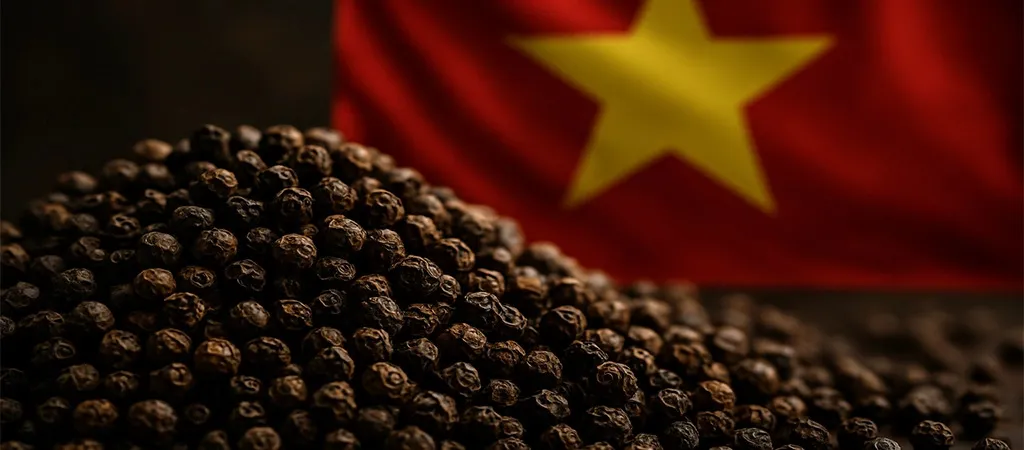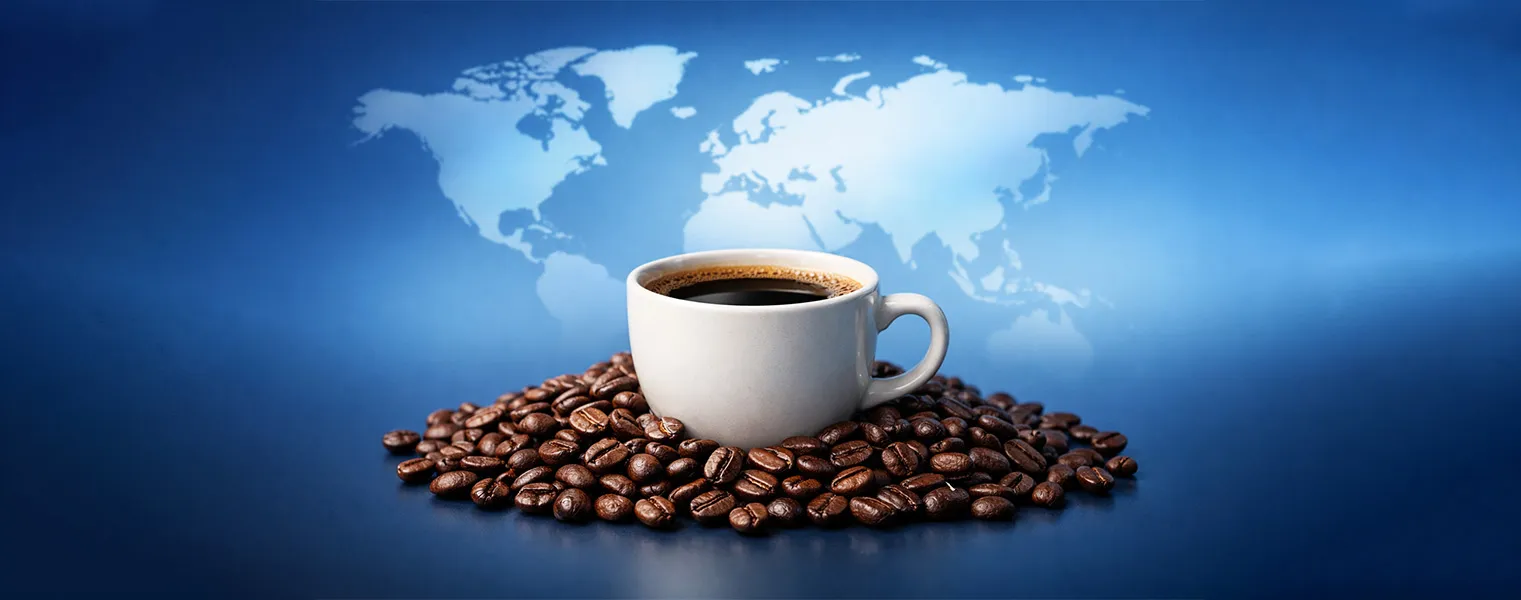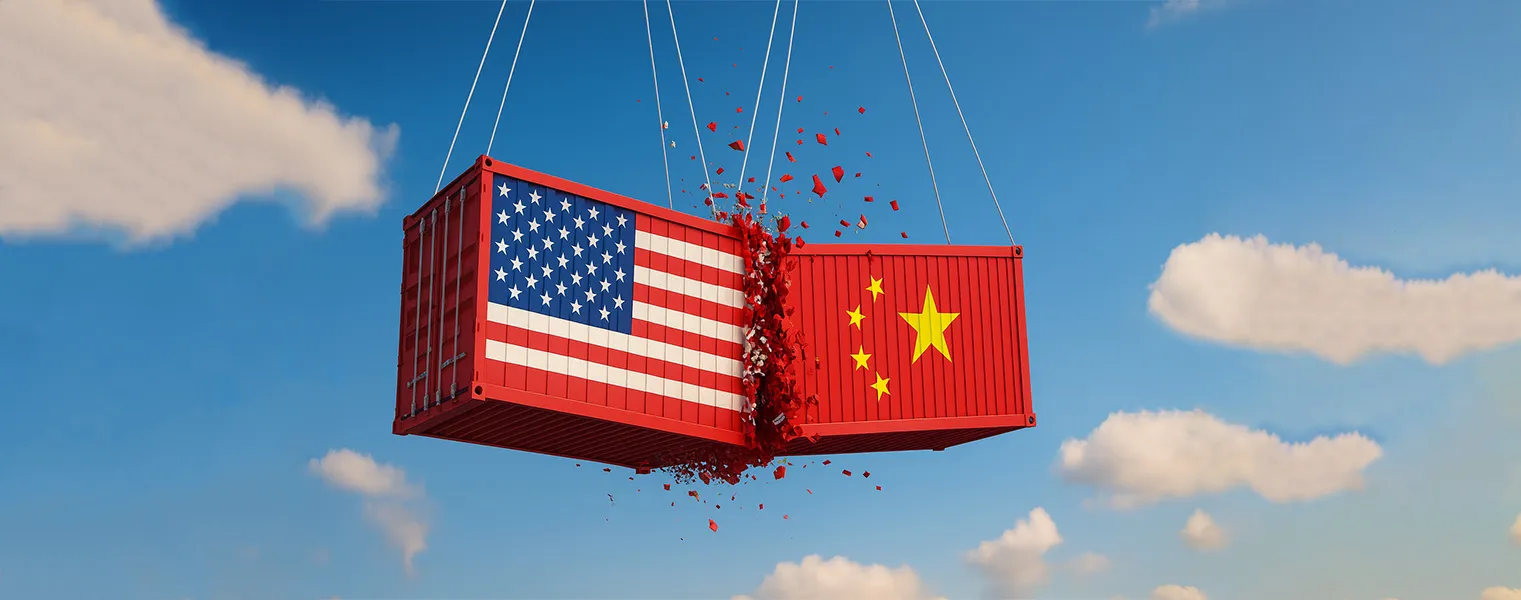Vietnam is the world's largest seller of black pepper. Its pepper prices are receiving a lot of publicity because they have been at a level that is not been experienced in nearly a decade. Although the prices decreased slightly this week, they remain high. This has an impact on consumer markets, agricultural communities, and global trade.
Prices Increase To Near VND 160,000 Per Kilogram
Over the last few weeks, the Vietnamese black pepper price increased to around VND 159,000–164,000 per kilogram ($6.40/kg). This is a ten-year high, like in 2015. In mid-June, there was a downturn that brought the price down to around VND 127,000/kg, which was a significant weekly fall. Yet, the prices are still around 12% above their level at the beginning of June. This two-week decline is the biggest in years, following weeks of constant increases due to low global supply and high demand.

Why do prices vary?
Several interdependent factors are driving the situation of peppers at present:
Weather delays
The extended drought in the Central Highlands postponed the 2025 harvest by one to two months. This resulted in difficulties for traditional supply lines and saw fewer crops on offer.
Low supply stocks
Farmers have, for decades, ceased planting pepper vines, which have resulted in low stocks. It takes years to return to full production.
Global supply issues
Meanwhile, slowdowns in Indonesia, Brazil, and India—due to drought or seasonal lulls—have made it more difficult to get supplies globally.
Geopolitical uncertainties
The Middle Eastern war impacted exports by neighboring buyers, and Nigerian farmers capitalized on this by exporting to other destinations.
Trade issues concerns
The potential tariffs from Vietnam and America concerned exporters, and they began to be more cautious due to the increased uncertainty.
Robust Export Receipts, Although the Amount Reduced
Despite lower exports, Vietnam is earning significantly more money from selling pepper. Through early 2025, earnings from exports increased by 44-48% from last year to exceed US$1 billion at mid-year. Purchasers in China, the U.S., and Europe purchased 10-15% more than in the prior year, although the quantity exported decreased by some 10-12%. This resulted in a historic high revenue.
Market participants believe that current export prices are around US$6.75–6.80 per kilogram, up significantly from under US$4 per kilogram last year. This increase has injected positive momentum into Vietnam's agricultural export industries, reflecting that pepper is recovering from past low production.
Mid-June Market Drop: Brief Halt
The sharp decline in mid-June resulted from a combination of short-term as well as prudent measures:
Political developments made individuals in the Middle East unsure.
Discussing American import duties unsettled traders for some time.
Additional Cambodian products exported to Vietnam contributed to deflating domestic prices temporarily.
Despite this, this fall did not decrease the fundamental demand; export quantities increased again during the next weeks, with a return to normal rather than a sharp decline.
Farmers Are Profiting, But They Have To Be Cautious
Those steep prices have brought large profits to Vietnamese farmers—profits per kilogram have increased significantly. That monetary increase is enticing more farmers to plant pepper. Farmers are expanding their acreage to plant and investing in environmentally friendly practices such as planting multiple crops together, employing natural soil assistants, and techniques that can reverse climate change.
But returning to full planting takes years, they sa, pepper vines take years to mature. If things at harvest time aren't stable, production could decline again, which would lower farmers' prospects of making a good income.

What to Expect: Price Shifts in Late 2025
Experts are considering significant trends that will influence the way prices move:
1. Harvest recovery: A typical February-April harvest would be able to sustain the market later in this year.
2. Continuing weather issues: Continuing drought or unpredictable monsoon may retard procuring new crops.
3. Global crop production: Crop problems in other nations that produce crops can increase global prices and maintain a high demand for Vietnamese pepper.
4. Trade policy signals: Heavy tariffs or export restrictions might cause the market to respond sharply in some direction.
One continuing trend is evident: high prices tend to bring on new plantings, yet they can also create production difficulties if yields are below expectations, leading to multi-year cycles with abrupt price spikes followed by corrections.
International Food Prices Are Impacting Pantries
Black pepper is normally affordable and a staple found in most kitchens, but at its new price hike, it may increase grocery costs slightly. With wholesale prices rising globally, retailers can increase prices by 20–30% for consumers. In Australian supermarkets, there will likely be a 2–3 month lag between the farm price adjustment and the store price adjustment, so consumers can look forward to noticing it at the checkout soon.
How Stakeholders Can Contribute
Various individuals who are engaged in the pepper trade are responding differently:
Exporters are exploiting elevated prices to alter contracts and speedily complete shipments. They are also employing hedging and inventory-holding policies to guard against prospective price movements.
Farmers are cultivating various crops and employing environmentally friendly practices to maintain their yields consistently and safeguard their revenues.
The dealers are hurrying to acquire supplies, hedge themselves with derivatives, or secure other sources to reduce risk.
Purchasers and sellers are considering obtaining additional spices or utilizing alternative spices such as cumin, cayenne, or smoked paprika temporarily to cope with high prices.

Last Outlook: A Hard Path Forward
The Vietnamese pepper market is suffering due to a lack of supply and demand rising globally. Because Vietnam supplies approximately 40% of the world's pepper, the performance of the mid-year harvest is crucial for the global markets.
The coming months are highly significant. A successful harvest would reduce and stabilize prices; another issue might maintain unstable prices through 2026. It is evident that Vietnamese pepper, once a significant crop exported from farms to other nations, is now a significant product that determines farmers' revenues, international trade with other nations, and consumers' prices across the globe. With the spice trade altering, everyone is anticipating the next harvest season and what they have stored in their kitchens.









